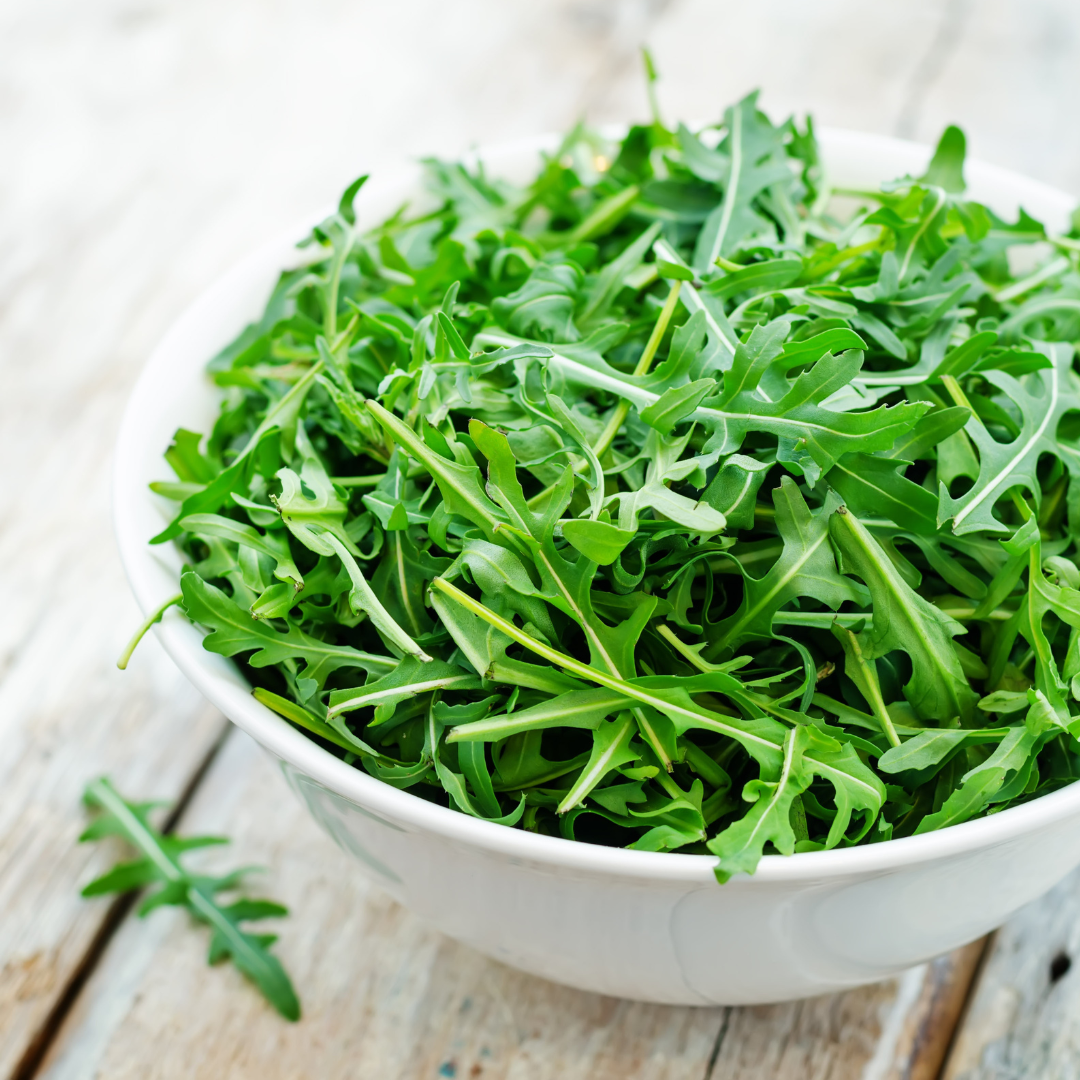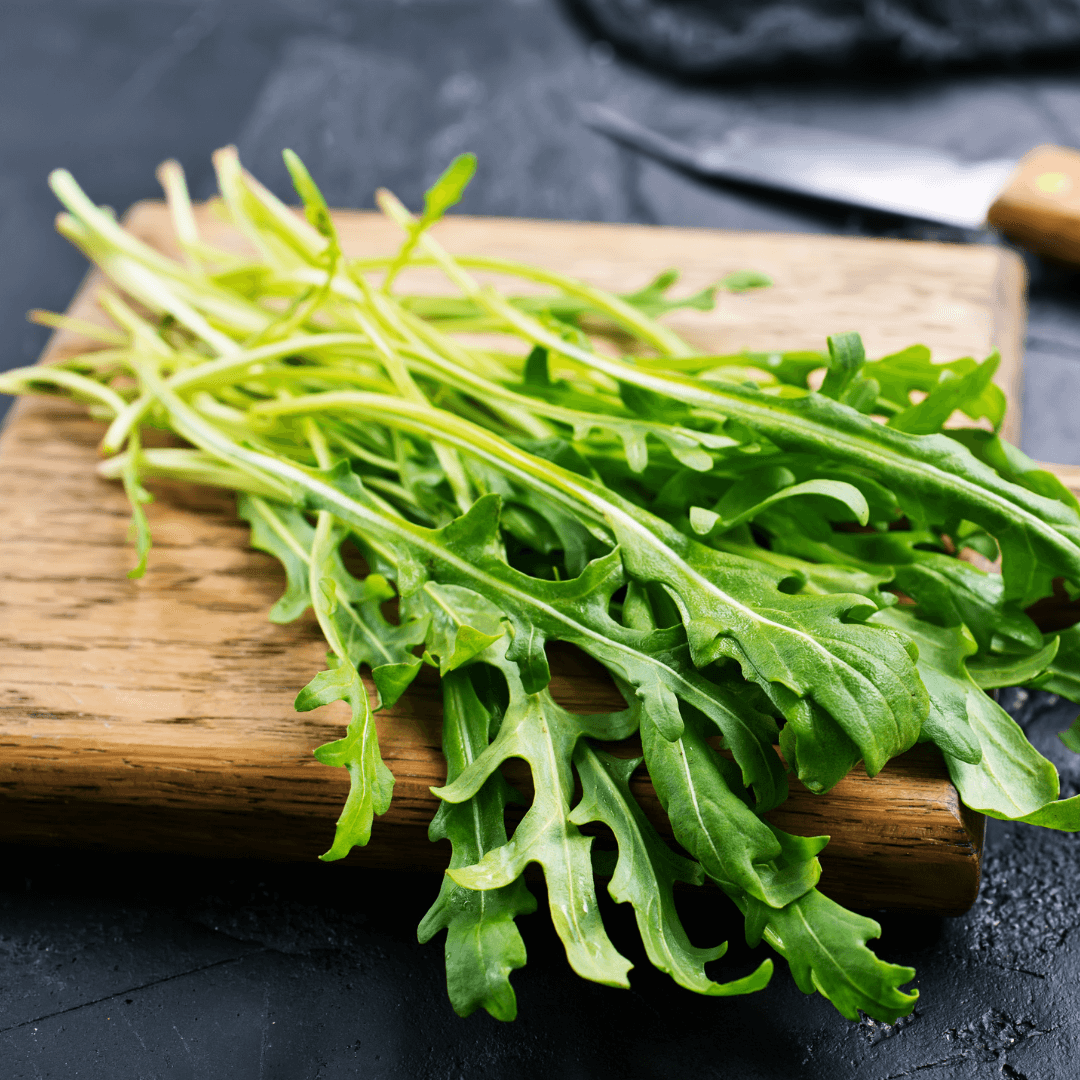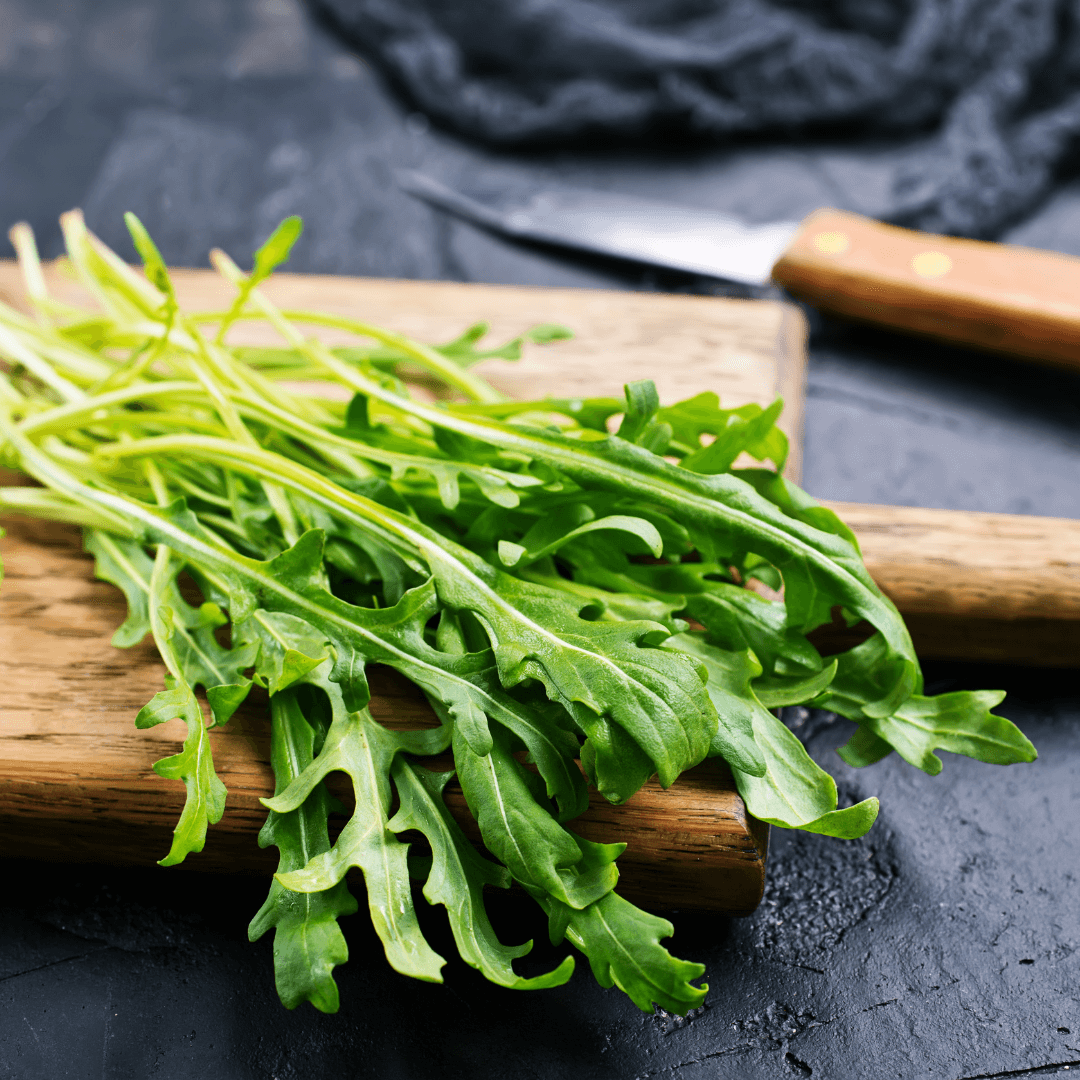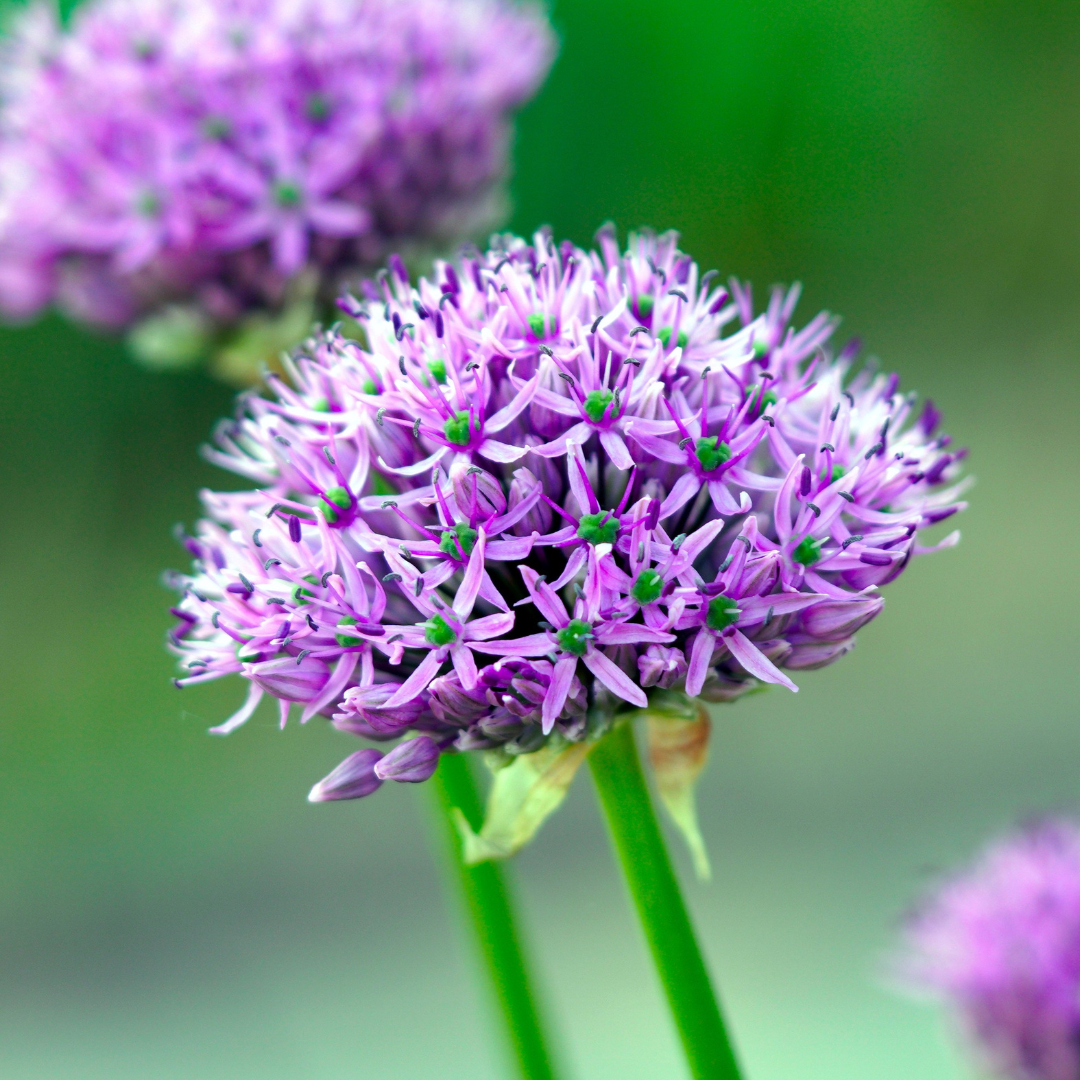How to grow arugula, also known as salad rocket or eruca, is a leafy green vegetable that belongs to the mustard family. It has a peppery flavor and is a great addition to salads, sandwiches, and even pizza. If you are interested in growing arugula, here is a step-by-step guide on how to plant, germinate, and harvest it.
Popular Herb Seeds for Planting | 35 Variety Pack
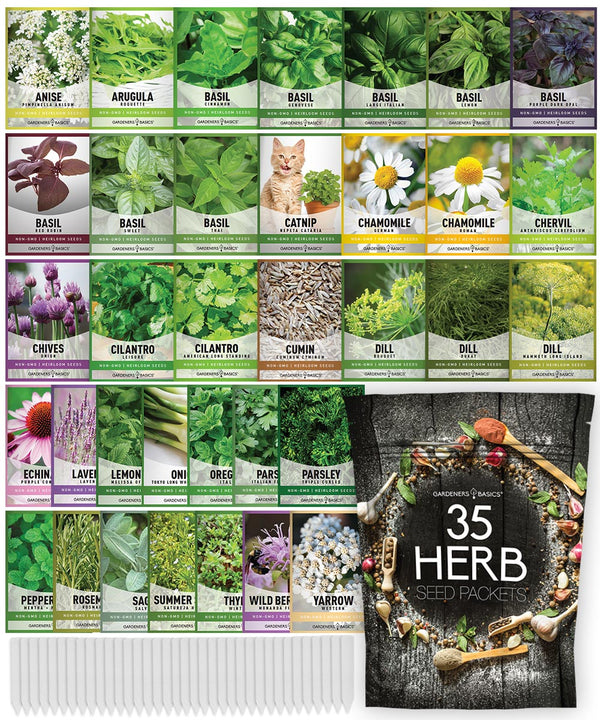
$29.95
$49.95
Heirloom, non-GMO herb seeds for indoor and outdoor home gardens! Introducing our 35 Herb Seeds Variety Pack, the ultimate selection for any herb garden enthusiast! This premium assortment includes heirloom herb seeds that are non-hybrid, open-pollinated, and non-GMO, ensuring you get only… read more
Planting Arugula
1. Choosing the Right Time to Plant
Arugula is a cool-weather crop, and it grows best in early spring and fall. It can tolerate some heat, but it is crucial to avoid planting it during the hot summer months. You can also plant it indoors using hydroponics systems, which will provide a controlled environment for the plant to grow.
2. Choosing the Right Location
Arugula loves full sun, but it can also grow in partial shade. Make sure to choose a location with well-draining soil and a shallow root system. The soil should also be rich in nutrients and have a pH level between 6.0 and 7.0.
3. Planting Arugula Seeds
To plant arugula, you can either use seeds or seedlings. If you are using seeds, follow these steps:
- Prepare the soil by tilling it to loosen it and remove any debris.
- Sow the seeds about an inch apart in rows that are about six inches apart.
- Cover the seeds with soil to a depth of about 1/4 to 1/2 inch.
- Water the seeds gently to avoid washing them away.
4. Germinating Arugula Seeds
Arugula seeds usually germinate within seven to ten days. During this time, it is essential to keep the soil moist, but not waterlogged. You can cover the soil with a thin layer of mulch to help retain moisture and keep the seeds warm.
Herb Seed Assortment | 15 Variety Pack
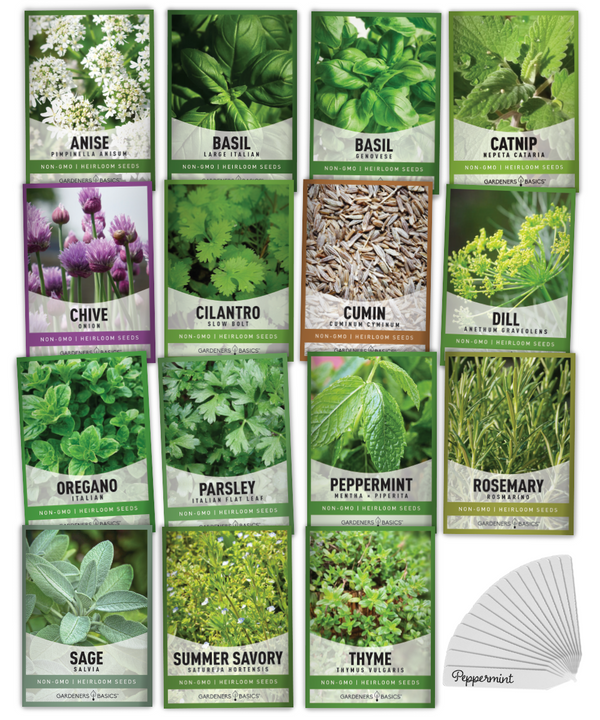
$19.95
Unlock the Power of Homegrown Herbs: 15 Heirloom Herb Seeds for Sustainable Gardening Introducing our 15 Herb Seeds Variety Pack—the ultimate collection for any home gardener, herbalist, or culinary enthusiast looking to grow fresh, flavorful herbs. Each of the 15 herb… read more
Caring for Arugula Plants
1. Watering
Arugula needs regular watering, especially during hot weather. It is important to avoid overwatering the plants, as this can lead to root rot. Water the plants deeply once a week, or more often if the soil is dry.
2. Fertilizing
Arugula plants do not require a lot of fertilizer. However, you can add a nitrogen-rich fertilizer, such as fish emulsion or blood meal, to the soil before planting the seeds. You can also use a balanced fertilizer every four to six weeks during the growing season.
3. Harvesting Arugula
Arugula is ready to harvest when the leaves are about three to four inches long. You can harvest the outer leaves, leaving the younger leaves to continue growing. This will ensure a continuous harvest throughout the growing season.
4. Storing Arugula
Arugula has a short shelf life and should be used within a few days of harvesting. You can store it in the refrigerator in a plastic bag with a paper towel to absorb moisture.
Tips for Growing Arugula
- Plant arugula in early spring or fall for the best results.
- Arugula seeds should be sown about an inch apart in rows that are about six inches apart.
- The seeds usually germinate within seven to ten days.
- Arugula needs regular watering, especially during hot weather.
- Harvest the outer leaves to encourage continuous growth throughout the growing season.
- Store arugula in the refrigerator in a plastic bag with a paper towel to absorb moisture.
Roquette Arugula Seeds
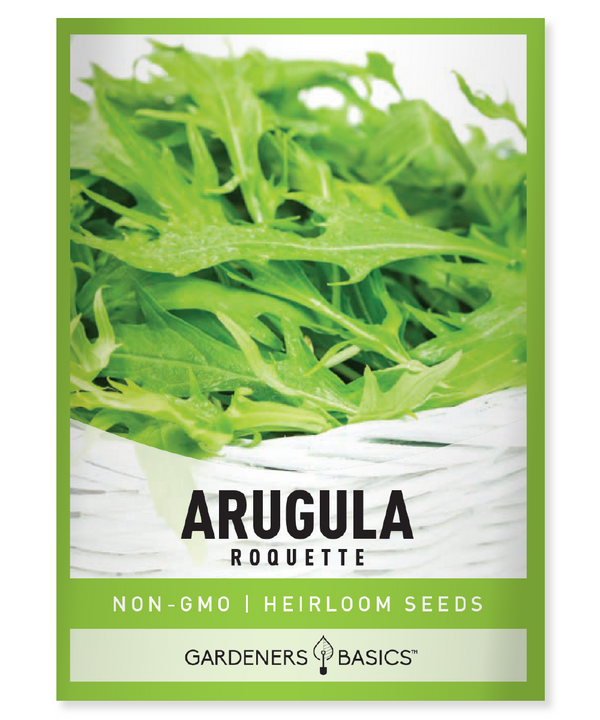
$2.49
Roquette Arugula Seeds - Heirloom, Non-GMO, Non-Hybrid, Open-Pollinated Elevate your garden and culinary creations with Roquette Arugula Seeds, a premium heirloom variety that delivers a peppery, tangy flavor perfect for fresh salads, sandwiches, and garnishes. These high-quality, non-GMO, non-hybrid, open-pollinated… read more
The Benefits of Growing Arugula
In addition to its delicious taste, arugula has several health benefits. It is a rich source of vitamin K, which is essential for blood clotting and bone health. It is also high in vitamin C, which supports immune function and skin health, and vitamin A, which is important for eye health and vision.
Growing arugula at home is also a cost-effective way to enjoy fresh, organic produce. It requires minimal space and can be grown in containers, making it ideal for small gardens or balconies. Learning how to grow arugula can really help benefit your health.
Common Issues and Solutions
While arugula is generally easy to grow, there are a few common issues that you may encounter. Here are some solutions to these problems:
1. Bolting
Bolting is when the plant sends up a tall flower stalk, which can cause the leaves to become bitter and tough. To prevent bolting, make sure to plant arugula in a cool, shady area and keep the soil moist.
2. Pests
Arugula is relatively pest-resistant, but you may encounter aphids, flea beetles, or slugs. You can control these pests by using insecticidal soap, neem oil, or diatomaceous earth.
3. Disease
Arugula can be susceptible to fungal diseases, such as damping-off or downy mildew. To prevent these diseases, make sure to plant arugula in well-draining soil and avoid overwatering.
Conclusion
Growing arugula is a great way to enjoy fresh and tender leaves of salad greens with a peppery flavor. With its shallow root system and heat-tolerant nature, arugula is an easy plant to grow and care for. By following the steps outlined above, you can successfully grow arugula and enjoy a continuous harvest throughout the growing season.
Remember that arugula is a cool-weather crop, and it grows best in early spring and fall. If you live in an area with hot summers, consider planting arugula indoors using hydroponics systems. This will provide a controlled environment for the plant to grow and thrive.
In summary, arugula is a member of the mustard family and a leafy green vegetable with a peppery flavor. It is easy to grow and care for, making it an excellent addition to any garden. With proper planting, germination, and harvesting techniques, you can enjoy a continuous supply of fresh arugula throughout the growing season while reaping its numerous health benefits.
FAQs About Growing Arugula
Q: How long does it take for arugula to grow?
A: Arugula seeds usually germinate within seven to ten days, and the plant can be ready for harvesting in about 30 to 40 days.
Q: How often should I water arugula?
A: Arugula needs regular watering, especially during hot weather. Water the plants deeply once a week, or more often if the soil is dry.
Q: Can I grow arugula in containers?
A: Yes, arugula can be grown in containers. Make sure to use a well-draining soil mix and a container that is at least six inches deep.
Q: Can I grow arugula indoors?
A: Yes, arugula can be grown indoors using hydroponics systems. This will provide a controlled environment for the plant to grow and thrive.
Q: How do I prevent my arugula from bolting?
A: Bolting is when the plant sends up a tall flower stalk, which can cause the leaves to become bitter and tough. To prevent bolting, make sure to plant arugula in a cool, shady area and keep the soil moist.
Q: How do I know when my arugula is ready for harvesting?
A: Arugula is ready to harvest when the leaves are about three to four inches long. You can harvest the outer leaves, leaving the younger leaves to continue growing. This will ensure a continuous harvest throughout the growing season.
Q: Can I store arugula after harvesting?
A: Yes, you can store arugula in the refrigerator in a plastic bag with a paper towel to absorb moisture. However, arugula has a short shelf life and should be used within a few days of harvesting for the best flavor and texture.
Herb Seed Assortment | 15 Variety Pack

$19.95
Unlock the Power of Homegrown Herbs: 15 Heirloom Herb Seeds for Sustainable Gardening Introducing our 15 Herb Seeds Variety Pack—the ultimate collection for any home gardener, herbalist, or culinary enthusiast looking to grow fresh, flavorful herbs. Each of the 15 herb… read more



